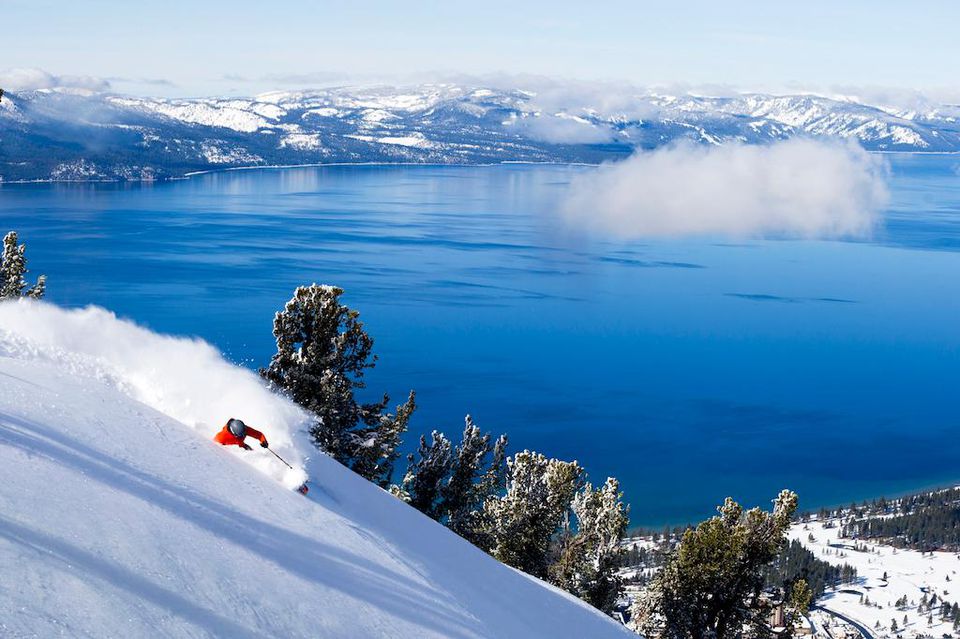A reader recently wrote in, wondering what exactly happens between flushing our waste down the toilet and its discharge into the Truckee River. Don’t worry, quite a bit of treatment happens, as Jason Hays with the Tahoe-Truckee Sanitation Agency (TTSA) explains below.
~ AH
How does the TTSA handle our waste? How does the treatment process work? Is the by-product discharged into the river/environment and if so, where?
Wastewater generated in the Tahoe/Truckee region is collected and conveyed by the five member agencies of the Tahoe-Truckee Sanitation Agency (TTSA): Truckee Sanitary District, Tahoe City Public Utility District, North Tahoe Public Utility District, Olympic Valley Public Service District, and Alpine Springs County Water District. Each agency discharges into TTSA’s Truckee River Interceptor (TRI), a major sewer line generally aligned with Highway 89, which transports flow to the TTSA Wastewater Treatment Plant in Martis Valley.
At the treatment facility, TTSA employs advanced physical, biological, and chemical processes to remove harmful compounds and pathogens from the wastewater. These engineered systems are designed to replicate and accelerate natural treatment processes, ensuring that treated water meets some of the most stringent discharge limits in the country.
A primary focus of treatment is the removal of nutrients — carbon, nitrogen, and phosphorus — which, if left untreated, can degrade water quality, harm aquatic life, and cause ecological imbalances such as eutrophication.
Carbon, found in organic material, fuels microbial growth that can deplete oxygen levels in water, impacting fish and aquatic ecosystems.
Nitrogen, primarily in the form of ammonia, can be acutely toxic to aquatic life and contributes to excessive plant and algae growth.
Phosphorus, present in food waste, detergents, and human waste, promotes algae blooms that block sunlight and disrupt aquatic food chains.
Treatment begins with the removal of solids through screening and settling processes. Solids are further treated in anaerobic digesters, then dried and composted for beneficial land application. Biological processes follow, where specialized microorganisms consume nutrients in carefully controlled environments. The resulting biosolids are also digested and prepared for reuse. Chemical treatment steps include nutrient precipitation and disinfection with sodium hypochlorite (a concentrated bleach), ensuring the final effluent is free of pathogens.
The treated water is then discharged to the underlying aquifer using injection pumps. The unique geology of Martis Valley allows natural subsurface filtration over approximately 45 days before the water reaches the confluence between the Truckee River and Martis Creek.
TTSA continuously monitors treated effluent, groundwater, and local surface waters to ensure compliance with regulatory standards and to protect public health and the environment.
~ Jason Hays, Technical Services Manager, TTSA

